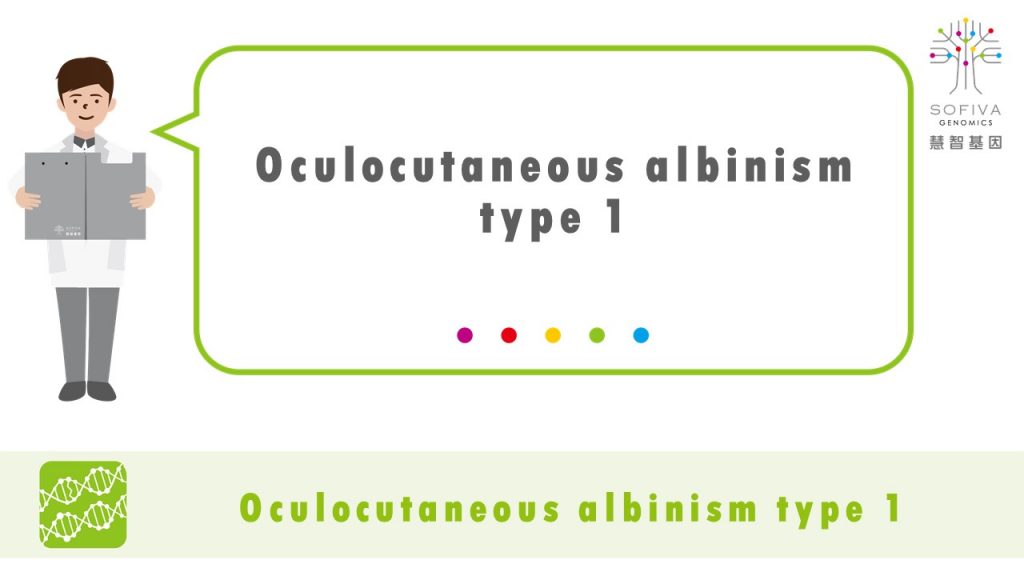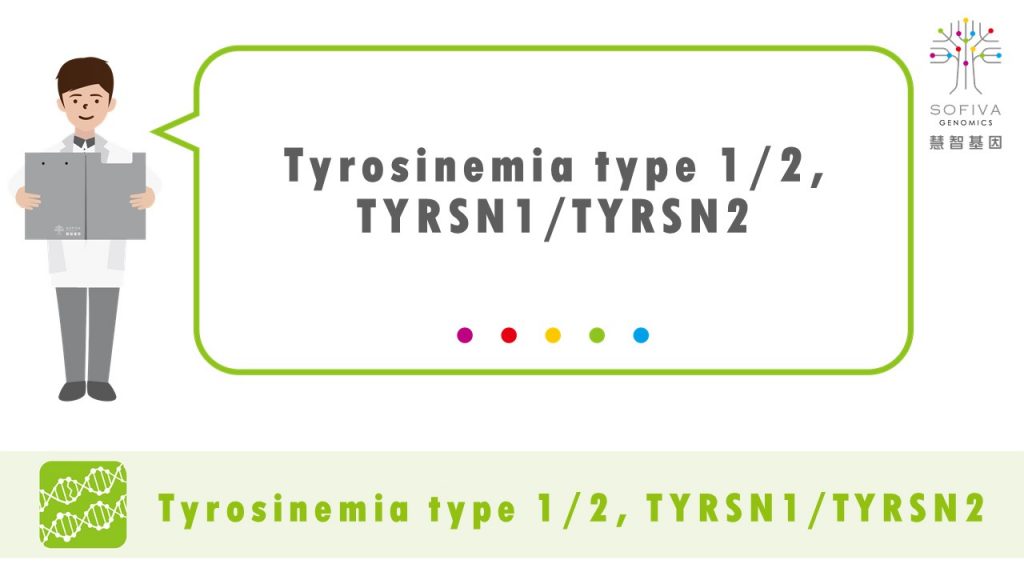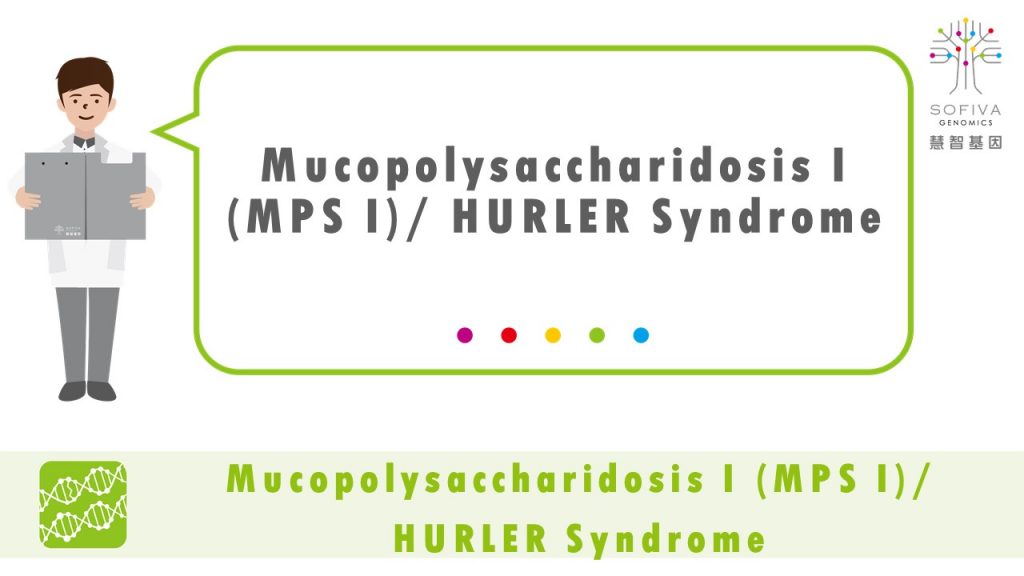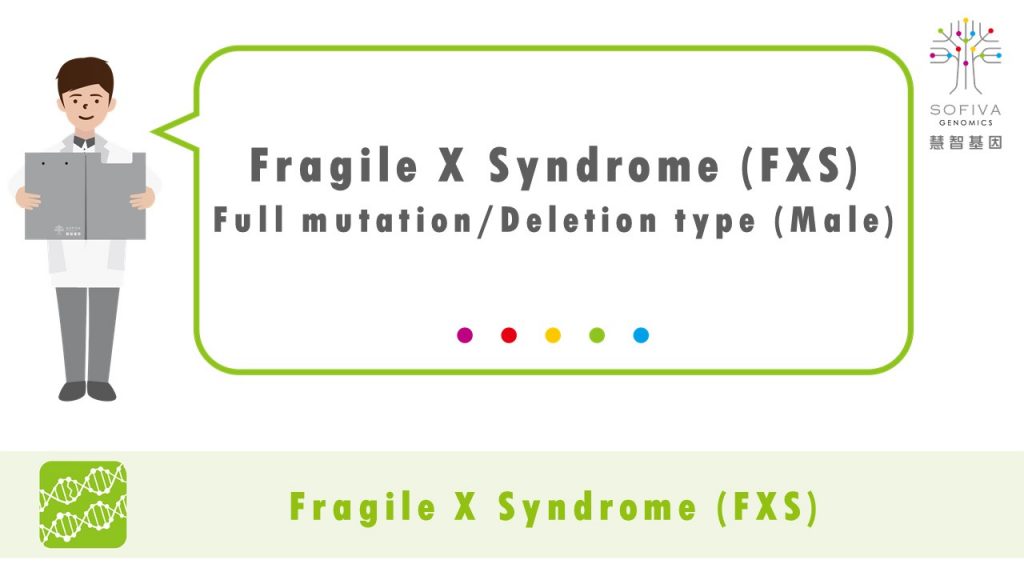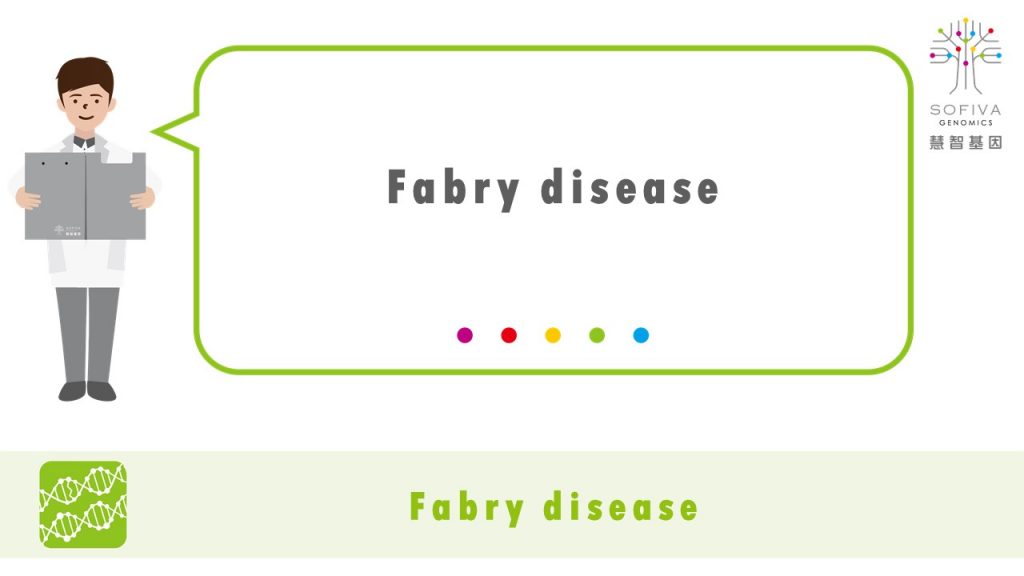Disorder description
Oculocutaneous albinism type 1 is a genetic disease that affect coloring (pigmentation) of the skin, hair, and eyes. These conditions are caused by mutations in the TYR gene on chromosome 11. TYR gene provides instructions for making an enzyme called tyrosinase, which is responsible for the first step in melanin production. Melanin is the substance that provides the color of skin, hair and eyes. When melanin is insufficient, skin and hair color will be lighter. In addition, melanin also exists in the photosensitive tissue of the retina, which plays an important role in vision.
Carrier rate
The carrier rate of TYR gene is about 1.4%.
Inheritance
Autosomal recessive inheritance pattern which means both copies of a TYR gene in each cell have mutations. The parents of an individual with an autosomal recessive condition each carry one copy of the mutated gene, but they typically do not show signs and symptoms of that disease. But the next generation has 25% chance of inheriting the abnormal gene from both parents and developing the disease.
Clinical characteristics
Individuals affected with OCA1 have white hair and white skin at birth. Some patient’s hair may gradually become light yellow. The patient’s eyes appear red, and also has vision problems such as visual defects, nystagmus, and photophobia. In addition, due to insufficient melanin in the patient’s skin, hair and irises, the skin and eyes are easily injured form sun light, which may lead to skin cancer or vision diseases.
Recommendations
Clinical medicine and genetic counseling by professionals is recommended.
Spouses may consider the genetic testing for TYR genes.
References
- Orphanet J Rare Dis. 2007;2:43.
- National Institutes of Health
- U.S. National Library of Medicine

